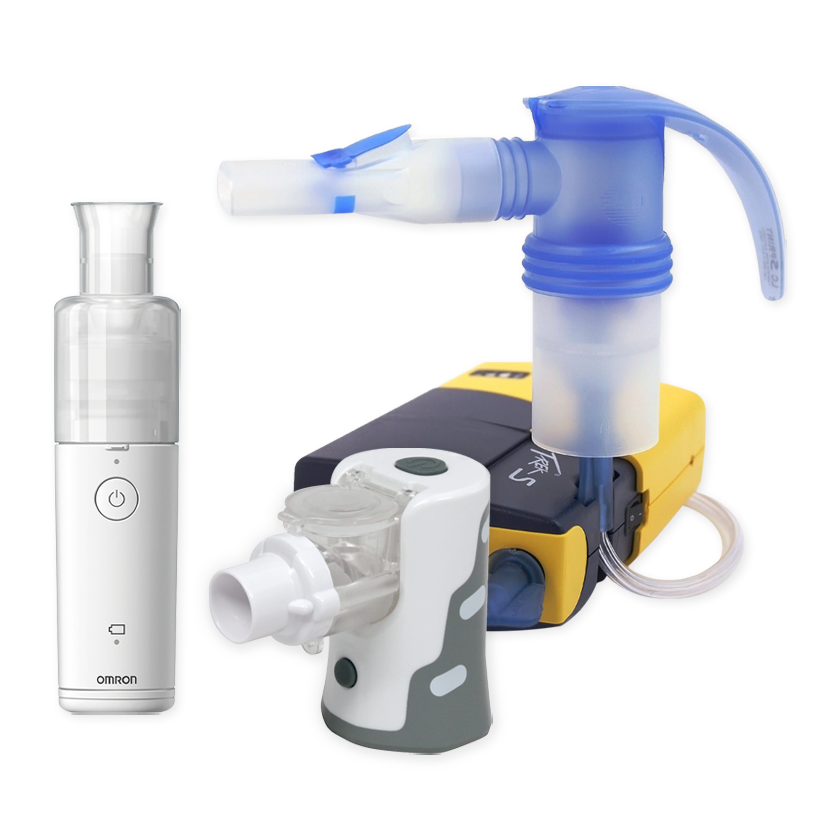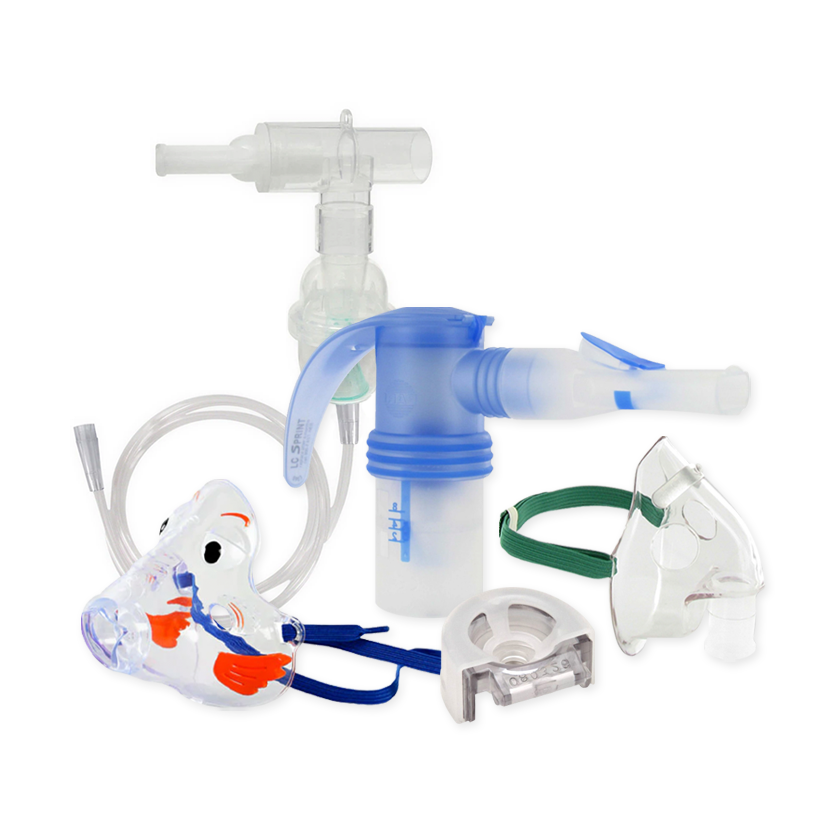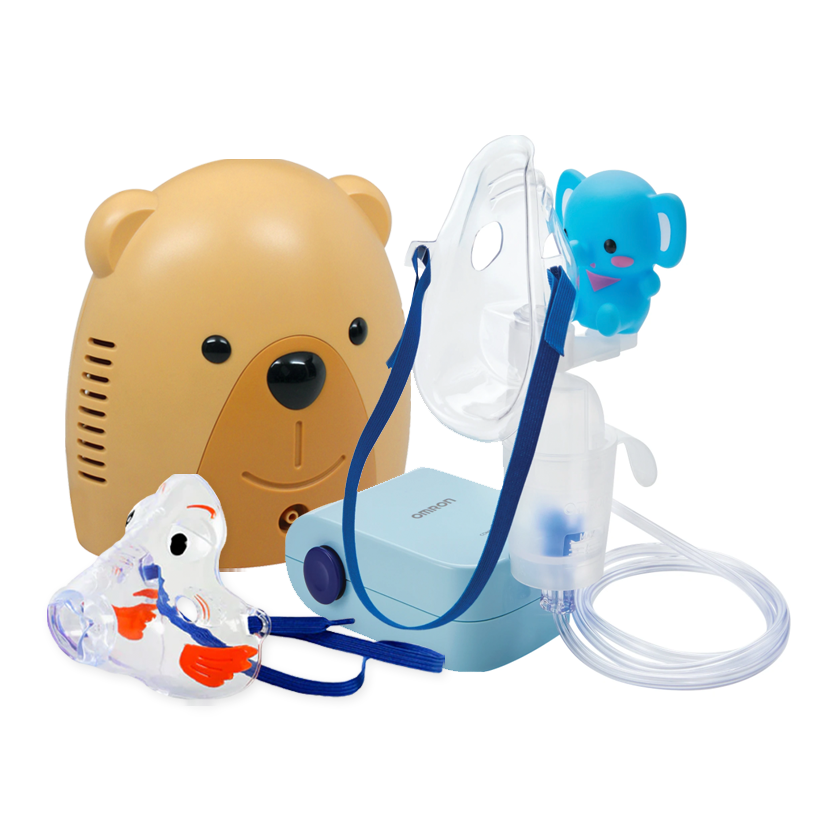Your Cart is Empty
Free Shipping on all orders over $75! Plus, free express shipping on select items.
Menu

Free Shipping on all orders over $75! Plus, free express shipping on select items.
Nebulizer Systems
Travel Nebulizers
Nebulizer Accessories
Just For Kids
Oxygen Supplies
Study Shows Tonsil Surgery Improves Behavior in Children with Sleep Apnea
December 20, 2013 2 min read
Obstructive sleep apnea is a common sleeping disorder in which one’s airways become blocked during sleep, causing pauses in breathing. This disturbs the sleeper’s rest and can lead to symptoms such as tiredness, lack of focus, and irritability throughout the day.
For children, one of the major causes of sleep apnea is enlarged tonsils. This can be treated by adenotonsillectomy, a surgery in which both the adenoids and tonsils are removed. This year, the National Institutes of Health published a study designed to “look at functional outcomes” of adenotonsillectomy for treating sleep apnea.
The study included 464 children between ages 5 and 9. Half received an adenotonsillectomy, while the other half were simply given “supportive medical care and careful monitoring.” The children were evaluated by caregivers and teachers on their behavior, cognitive ability, and quality of life both before the study and seven months into it.
Results showed that behavior improved in the children who had undergone the surgery much more than it did in the children who simply received supportive medical care. There was no difference in cognitive improvement between the two groups. However, the children who had tonsil surgery also showed significant quality of life improvements, such as being more active during the daytime and experiencing less sleepiness.
Nearly 80% of the children in the surgery group had resolution of their sleep apnea in seven months, whereas only 46% of the children in the supportive medical care group did. “This… suggests[s] that reassessing a child after a period of observation may be a valid therapeutic option for some children, especially those with mild symptoms,” said researcher Susan Redline, M.D., M.P.H. And for the kids with more serious symptoms, an adenotonsillectomy can not only resolve their sleep apnea but also help them feel better and improve their behavior.
Source: NIH – Tonsil surgery improves some behaviors in children with sleep apnea syndrome
Subscribe
Sign up to get the latest on sales, new releases and more …

NEW CUSTOMERS SAVE 10% OFF YOUR FIRST PURCHASE OF $20 OR MORE.
Code will be sent to email entered if applicable
SIGN UP FOR FUTURE SALES, NEW PRODUCTS AND ANNOUNCEMENTS
{"themeColor":"#061f77","iconColor":"#061f77","showLogo":true,"topBottomPosition":0,"rightLeftPosition":5,"iconSize":"large","iconCustomSize":64,"position":"middle-right"}



